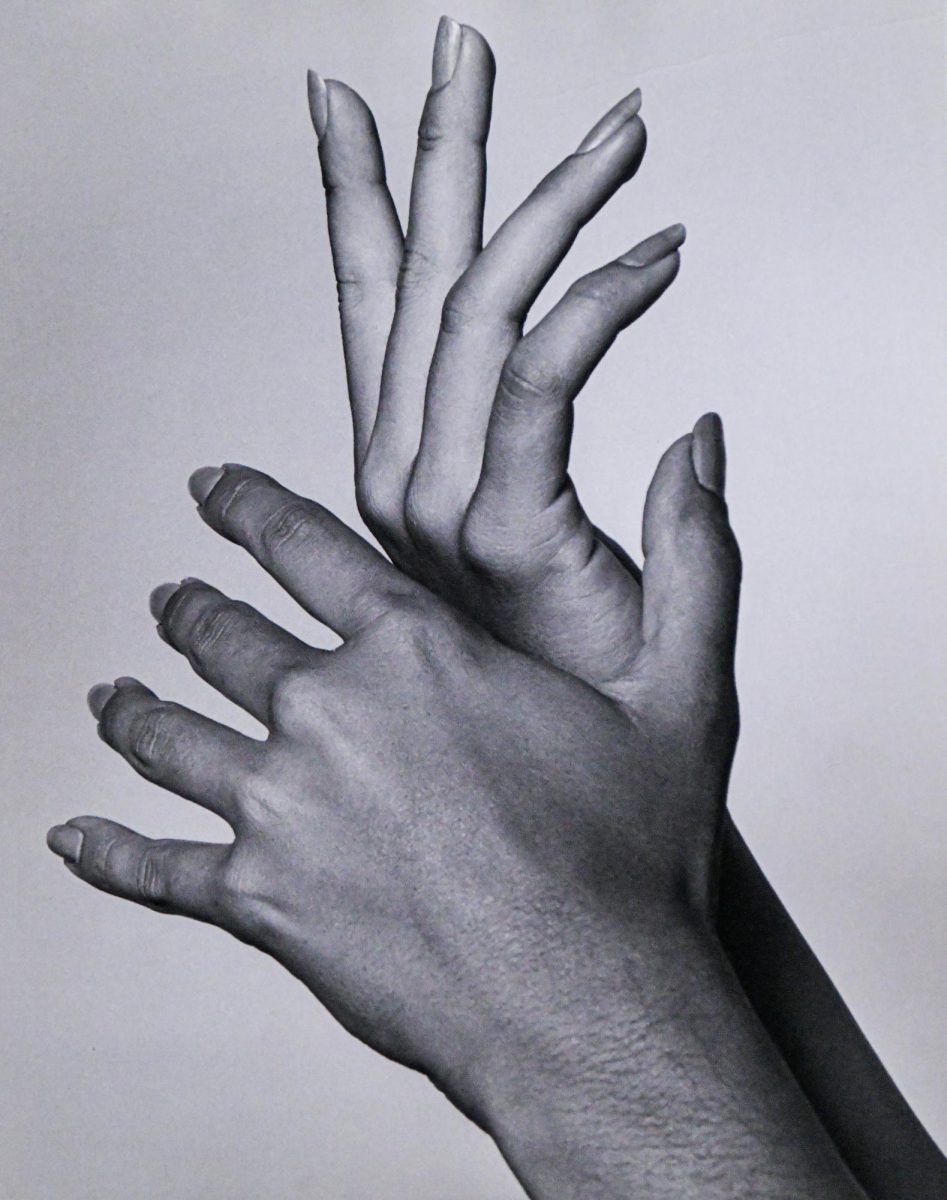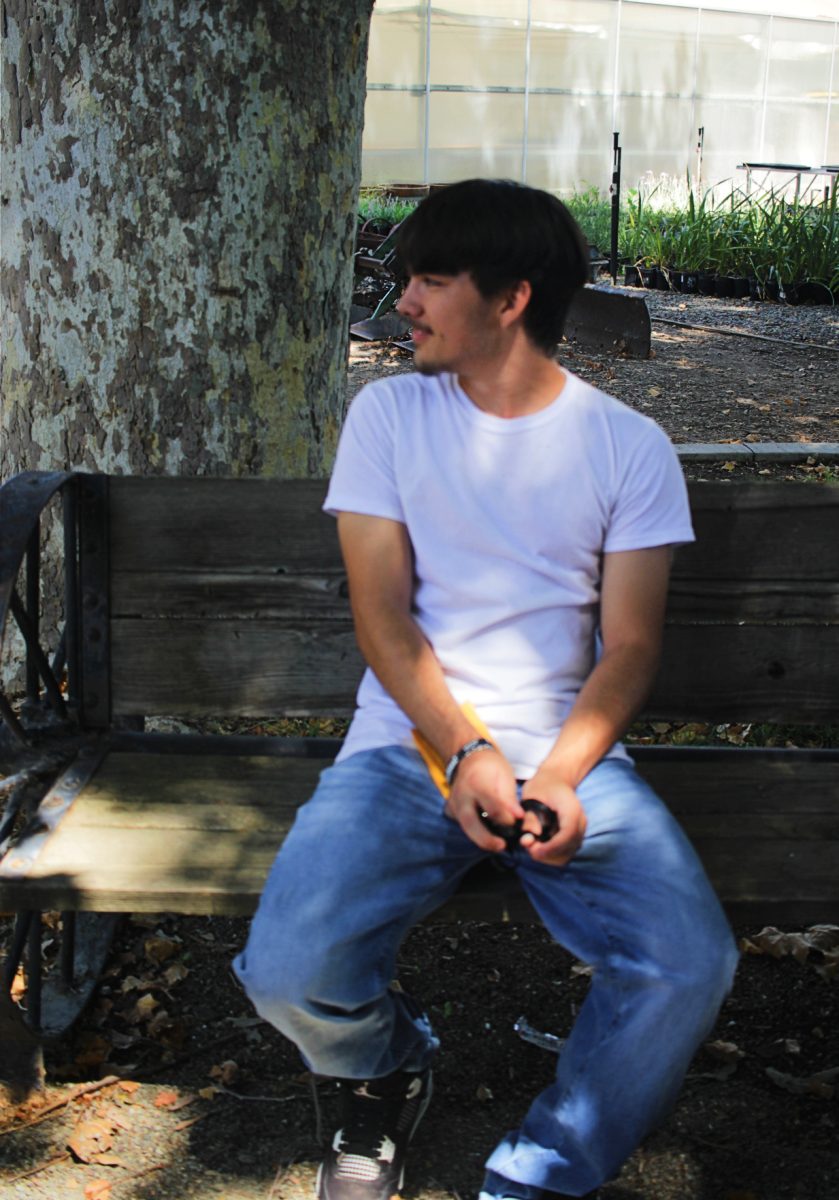New Year’s celebrations have a long and fascinating history that dates back thousands of years. The earliest recorded New Year’s festivities can be traced back to ancient Mesopotamia around 2000 BCE. The Babylonians celebrated the New Year during the vernal equinox, which marked the beginning of spring. They held grand religious ceremonies and made resolutions to start the year on a positive note.
Fast forward to ancient Rome, where the New Year was celebrated in March. In 46 BCE, Julius Caesar introduced the Julian calendar, which moved the New Year to January 1st to align with the month named after the god Janus. Janus was often depicted with two faces, symbolizing the transition from the old year to the new. This change marked the beginning of the modern New Year celebrations we know today.
Throughout history, various cultures have developed their own unique traditions to ring in the New Year. From fireworks displays in China to the dropping of the iconic Times Square ball in New York City, people around the world come together to celebrate and embrace new beginnings. New Year’s celebrations are a time for reflection, setting goals, spending time with loved ones, and looking forward to the possibilities that the coming year holds.








